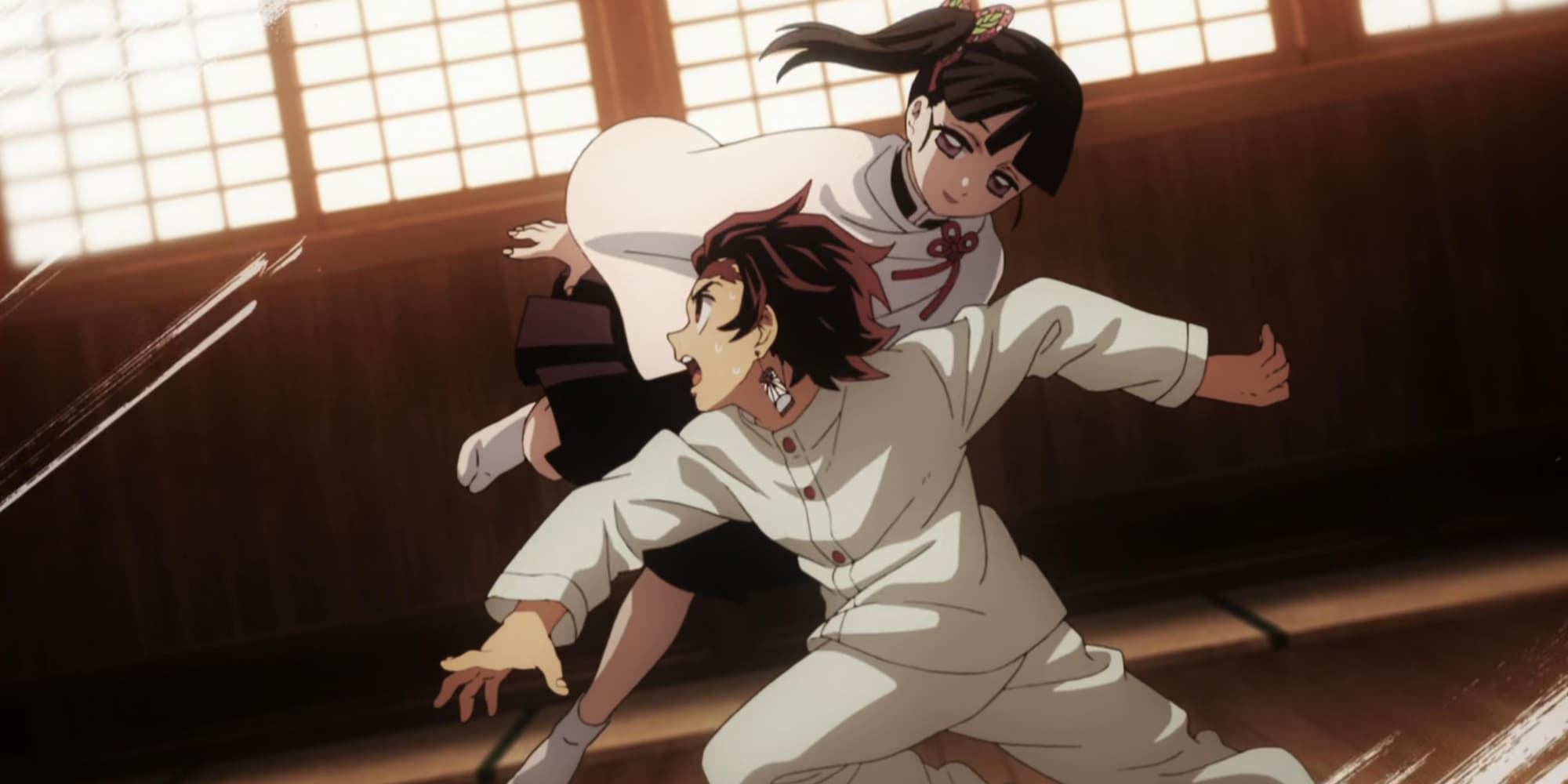If you click on a link and make a purchase we may receive a small commission. Read our editorial policy.
Shōnen anime love a good training arc and we think we know why
You wanna get stronger? You better get to work.

Popverse's top stories of the day
- Every new movie and TV series coming to Netflix, Amazon Prime Video, and Hulu in July 2024
- DC's Kingdom Come is getting the documentary movie treatment, with a big announcement coming in July 2024
- Marvel Studios unveils new Fantastic 4 artwork for San Diego Comic-Con
Training arcs certainly aren’t unique to shonen anime, but they have certainly become a feature of the genre since before Goku and Krillin took up residence with the Turtle Hermit in Dragon Ball. We’ve seen them in Yu Yu Hakusho, Naruto, and Demon Slayer: Kimetsu no Yaiba, but why do Shonen anime love a good training arc? It comes down to the nature of the hero’s journey, as interpreted by many manga creators.
A key part of every anime hero’s story is a moment of seeing themselves out of their depth. When Yusuke Urameshi, who had been almost inhumanly stubborn and brash up to that point, felt the full force of Younger Toguro’s power, he was left shaking. Goku sacrificed his life to take down a single Saiyan warrior, only to discover that two more were on their way, each with vastly more power. When faced with the overwhelming power of Muzan kibutsuji, the entire Demon Slayer Corps engages in the brutal Hashira Training regime to prepare them. These characters, as strong as they already are, face the sudden realization that there is an even greater mountain to climb and that helps propel them – and the story – forward.

These characters suddenly encounter their great foe and either fail to defeat them or barely survive the experience. That’s a core part of the hero’s journey in fiction and is usually followed by that character seeking new power. The act of engaging in training, physical or otherwise, isn’t unique to shonen manga, but it is more common there compared to Western comics. We don’t usually see Superman or Spider-Man spending an arc hitting the gym to gain strength. Instead, their new power comes from outside themselves – they invent a new device to use or uncover an enemy’s hitherto unknown weakness. In most shonen anime, that power comes from within the hero and is revealed through deliberate and intense effort on their part.

When used well, these training arcs can offer insight into not just a character’s new power but an insight into its very nature. Yusuke trains with Genkai to master the Spirit Wave Technique, the ultimate evolution of his own Spirit Gun attack. The frequent training arcs in Dragon Ball go to great lengths to explain that the heroes’ power comes not from inherited ability or talent but from hard work. The Hashira Training arc, which is the focus of season four of Demon Slayer, is not just about gaining strength but about unlocking Demon Slayer marks and, with them, uncovering a key piece of lore that had been lost. These shonen training arcs expand on the anime’s world and the characters at the heart of these stories instead of just giving everyone a new transformation or ability to use.
Not everyone loves a training arc and that’s okay, but there is no denying the importance they have to anime. While they are often seen as a tired trope or box-ticking exercise to make sure readers know that we’re about to give the protagonist a new power, the fact they are so widely used is a testament to a core tenant of shonen anime. True power and advancement come from personal effort – there are no shortcuts to strength.
Want to know what's coming up next in pop culture? Check out our guides to upcoming movies, upcoming TV shows, upcoming comics, and upcoming comic conventions. If you're looking for specific franchises or genres, we have all the upcoming MCU, upcoming Star Wars, upcoming Star Trek, and upcoming DC movies & TV for you. If you're a fan of superheroes and not specific to just Marvel or DC, we have overall guides to all the upcoming superhero movies and upcoming superhero TV shows (and new seasons) as well.
Follow Popverse for upcoming event coverage and news
Find out how we conduct our review by reading our review policy
Let Popverse be your tour guide through the wilderness of pop culture
Sign in and let us help you find your new favorite thing.















Comments
Want to join the discussion? Please activate your account first.
Visit Reedpop ID if you need to resend the confirmation email.